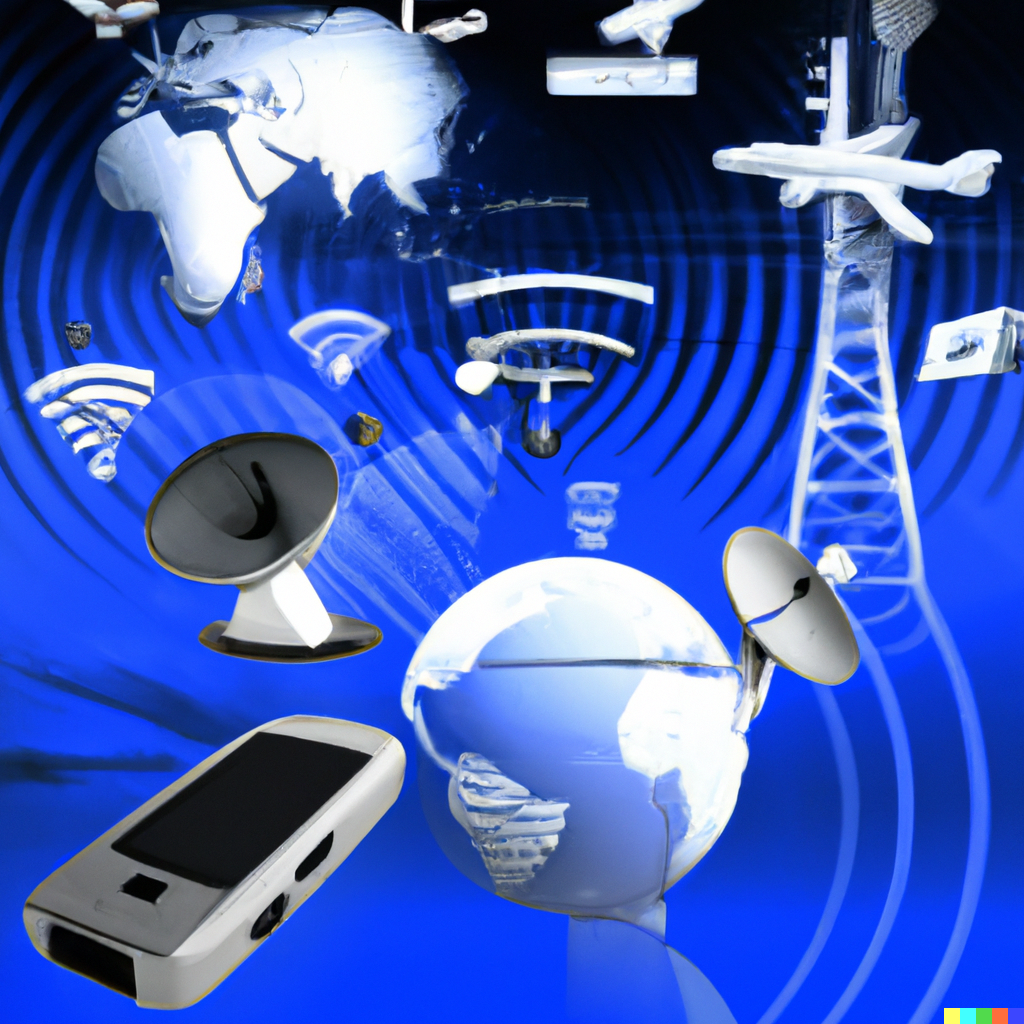February 10 | Communications Technology CommTech

In today’s digital world, Communications Technology (CommTech) plays a pivotal role in how businesses, governments, and individuals connect, collaborate, and innovate. The rapid evolution of communication technologies over the last few decades has transformed every sector, making the world more connected, efficient, and dynamic. This article explores the key developments in communications technology, the impact it has had on society, and the exciting possibilities that lie ahead.
Communications Technology (CommTech) refers to the wide array of technologies used to facilitate the exchange of information. These technologies enable data transmission across various mediums, including voice, video, text, and digital content. CommTech encompasses a broad spectrum of tools, from the earliest telecommunication devices like the telephone, to modern innovations such as 5G networks, cloud computing, and artificial intelligence (AI)-powered communication platforms.
At its core, CommTech is about improving the way people, organizations, and systems communicate by making it faster, clearer, and more accessible. Over time, innovations in hardware, software, and network infrastructure have radically transformed communication methods, leading to a more interconnected global society.
To truly understand the impact of CommTech, it’s helpful to trace the key milestones in its history.
As technology continues to evolve, several key innovations are defining the future of CommTech.
One of the most talked-about innovations in recent years is 5G, the fifth-generation mobile network. This new technology promises significantly faster data speeds, lower latency, and the ability to support massive numbers of devices at once. This makes 5G a critical enabler of technologies like the Internet of Things (IoT), smart cities, and autonomous vehicles, where real-time communication is essential.
Cloud technology has revolutionized the way data is stored, accessed, and shared. Cloud-based communication platforms like Microsoft Teams, Slack, and Zoom have become crucial for remote collaboration, allowing businesses to operate smoothly despite geographical limitations. The ability to store vast amounts of data in the cloud also enables greater flexibility, scalability, and accessibility for individuals and organizations.
Artificial Intelligence (AI) is playing an increasingly important role in communications technology. AI-driven chatbots, for example, are revolutionizing customer service by providing instant, automated responses to user inquiries. AI algorithms are also being used for speech recognition, language translation, and even content generation, making communication more efficient and accessible across different languages and contexts.
In recent years, video conferencing tools like Zoom, Google Meet, and Microsoft Teams have become central to both business and personal communication. With the global shift to remote work and virtual meetings, these platforms have evolved into essential communication tools for organizations.
Additionally, emerging technologies such as Virtual Reality (VR) and Augmented Reality (AR) are expected to revolutionize how people communicate. These immersive technologies could lead to more interactive, realistic virtual meetings and collaboration, paving the way for fully virtual workplaces in the near future.
The Internet of Things (IoT) refers to the network of connected devices that communicate with each other via the internet. In the context of communications, IoT is enabling machines, vehicles, and even home appliances to interact with one another, providing users with real-time data, enhanced convenience, and greater control. Smart homes, wearables, and connected healthcare devices are just a few examples of IoT’s impact on communication and everyday life.
The development of CommTech has far-reaching implications for society and the global economy.
Looking forward, the future of communications technology holds vast possibilities. As the world becomes increasingly connected, innovations in quantum communication, satellite internet, and brain-machine interfaces could further transform the way we communicate.
Communications Technology (CommTech) has revolutionized the way we connect with each other, shaping every aspect of modern life, from business operations to personal interactions. As technology continues to evolve at a rapid pace, the possibilities for the future of communication are endless. The key challenge will be ensuring that these advancements are inclusive, accessible, and used responsibly to improve the lives of people around the world. Whether it's through 5G networks, AI-driven communication platforms, or virtual reality meetings, the next frontier of communication is just around the corner, and the future looks brighter than ever.
SHARE THIS:
© Copyright 2025Global Tech AwardsAll Rights Reserved